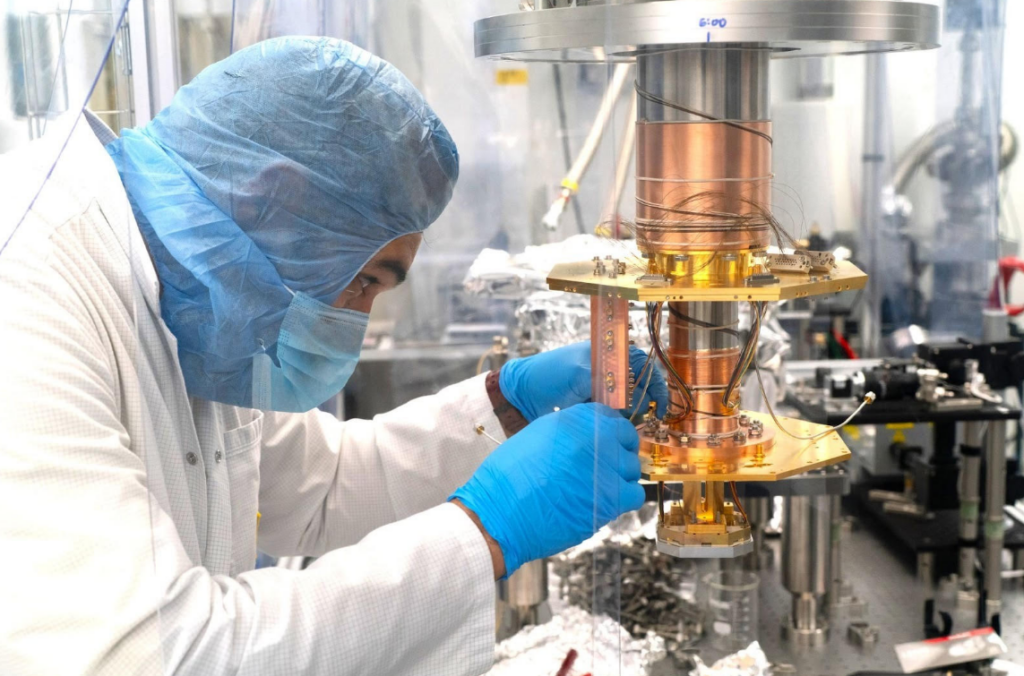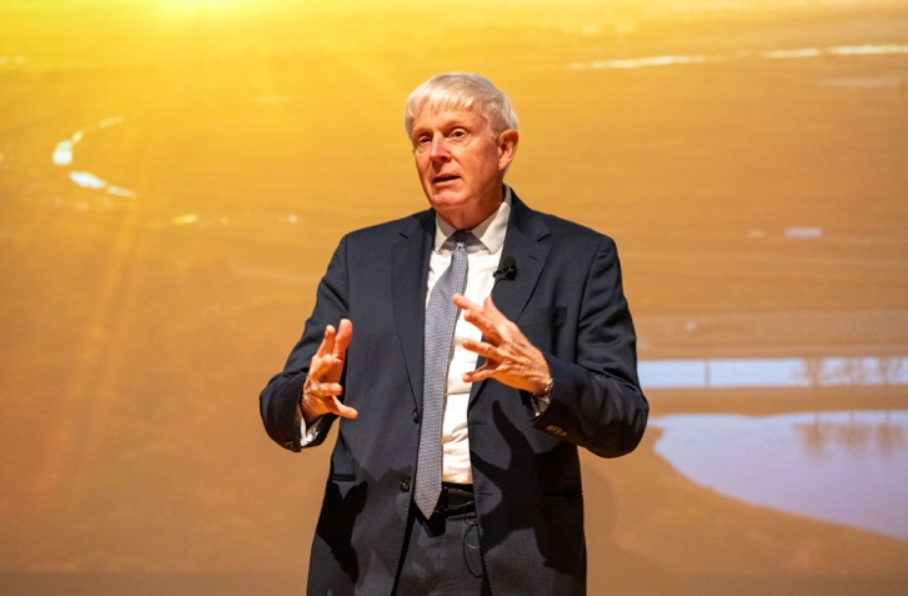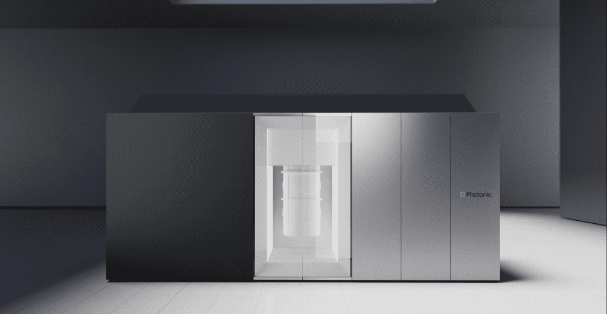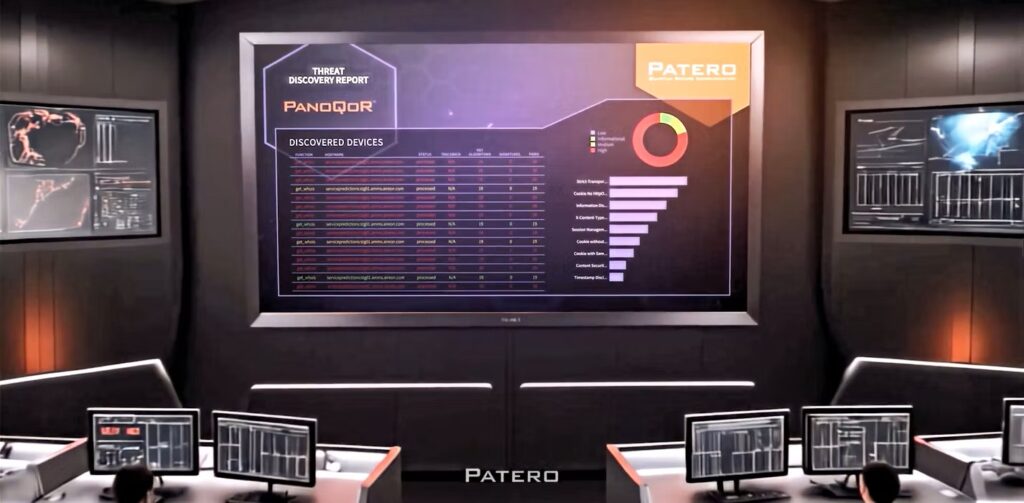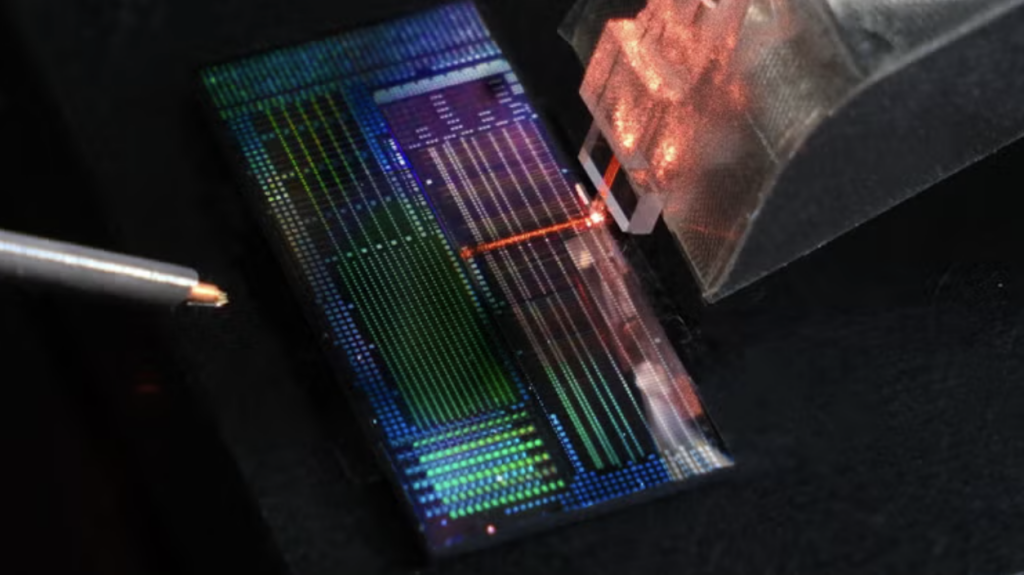Insider Brief
- D-Wave Quantum reported third-quarter 2025 revenue of $3.7 million, up 100 percent from a year earlier, signaling growing commercial traction despite wider losses.
- The company’s GAAP net loss increased to $140 million, driven largely by $121.9 million in non-cash warrant-related charges rather than operating performance.
- D-Wave cited higher gross margins, a major €10 million system deal in Italy, and expanding enterprise and government partnerships as signs of ongoing momentum.
D‑Wave Quantum Inc. (NYSE: QBTS) said revenue for its third fiscal quarter ended Sept. 30, 2025 rose to $3.7 million, up 100% from the $1.9 million reported a year ago, signalling growing traction in its quantum-computing business even as losses ballooned.
In its third quarter, D-Wave reported revenue of $3.7 million, an increase of $1.8 million — essentially doubled — compared with $1.9 million in the same quarter of fiscal 2024. The company also reported a sequential uptick of $0.6 million, or around 8%, from the preceding quarter’s revenue of $3.1 million, according to the company statement. Bookings — orders expected to convert to revenue — reached $2.4 million for the quarter, up 80% from $1.3 million in the second quarter of fiscal 2025. The company said the year-over-year bookings increase was modest (from $2.3 million in Q3 2024), but the sequential jump marked acceleration.
Gross profit metrics improved significantly, based on the quarterly figures. Generally Accepted Accounting Principles — or GAAP, which are official numbers compared to the company’s figures — gross profit rose to $2.7 million for the quarter, a gain of $1.7 million or 156% from $1.0 million a year earlier, and GAAP gross margin climbed to 71.4%, up 15.6 percentage points from 55.8% in the prior-year quarter. Non-GAAP gross profit came in at $2.9 million, up 131% from $1.3 million a year earlier, with non-GAAP margin reaching 77.7%, an increase of 10.5 points from 67.2%.

The company attributed the margin improvement in part to the upgrade of a previously announced quantum system.
But the operating picture remains challenging with GAAP operating expenses for the quarter rising to $30.4 million, up 40% from $21.7 million a year ago — driven by higher personnel costs ($4.1 million), fabrication costs ($2.9 million), and non-cash stock-based compensation ($2.3 million).
On a non-GAAP basis, adjusted operating expenses climbed 56% to $23.5 million from $15.1 million a year ago.
The net loss on a GAAP basis expanded sharply to $140.0 million, or $0.41 per share, compared with a loss of $22.7 million, or $0.11 per share, in Q3 2024. The company reports the increase stemmed primarily from $121.9 million in non-cash, non-operating charges related to warrant liability remeasurement and realized losses from warrant exercises. In other words, the larger loss wasn’t caused by day-to-day operations, but by accounting adjustments tied to changes in the value and use of its stock warrants, which are essentially contracts that let investors buy company stock later at a fixed price — and whose accounting value rises and falls with the share price..
The adjusted net loss — which excludes those non-operating charges — was $18.1 million, or $0.05 per share, compared with an adjusted net loss of $23.2 million, or $0.12 per share a year earlier. Adjusted EBITDA loss widened to $20.6 million, up $6.8 million or 49% from $13.8 million in Q3 2024.
Growth and Expense Pressure
For the nine months ended Sept. 30, 2025, D-Wave reported revenue of $21.8 million, up $15.3 million or 235% from $6.5 million in the nine-month period a year earlier.
GAAP gross profit for the period rose to $18.5 million, an increase of $14.4 million or 353% from $4.1 million, with GAAP gross margin improving to 84.8% from 62.7%. Non-GAAP gross profit climbed to $19.2 million (up 304%) and non-GAAP gross margin reached 87.8% (up 15.1 points).
On the expense side, GAAP operating expenses for the nine-month span hit $84.1 million, up 38% from $61.1 million a year ago; non-GAAP adjusted operating expenses rose 45% to $65.9 million from $45.4 million. The nine-month net loss reached $312.7 million, or $1.01 per share, compared with $57.8 million, or $0.32 per share a year earlier, again reflecting large non-cash warrant-related charges.
Adjusted net loss for the nine-month period was $52.8 million, or $0.17 per share, a slight improvement from $57.8 million or $0.32 per share a year earlier; adjusted EBITDA loss rose to $46.7 million, up 15% from $40.6 million.
Commercial Momentum and Strategic Highlights
According to the company statement, D-Wave closed bookings for Q3 of $2.4 million and subsequently closed more than $12 million in additional bookings after the period ended.
The company also announced a major contract: a €10 million deal for 50% capacity of its Advantage2™ annealing quantum computer in Lombardy, Italy, in partnership with the Italian government and the Q-Alliance initiative. The contract spans five years with an option to purchase the full system.
The company also cited new and renewed engagements with customers including a large U.S. international airline, SkyWater (a U.S.-based semiconductor foundry), the pharmaceutical division of Japan Tobacco, Yapi Kredi bank in Turkey, and Korea Quantum Computing.
D-Wave reported in the statement that new hybrid quantum-classical applications with customers such as BASF (in optimizing manufacturing workflows) and a proof-of-technology with North Wales Police (on vehicle deployment optimization).
On the technology front, the company says it has completed fabrication of fluxonium qubit chips and superconducting control chips and is bonding the two to demonstrate scalable gate-model qubits — a step toward a new generation of quantum systems.
The company also said calibration of its Advantage2 system installed at Davidson Technologies in Huntsville, Alabama is now complete and accessible to customers for U.S. government mission applications.
Momentum, but Caution
In its statement, the company emphasized that “momentum is building across every aspect of our business — revenue, gross profit, bookings and cash balance,” signalling confidence in its growing global quantum-computing adoption. The shift from research to commercial deployment — including by governments and large enterprises — remains the core storyline.
There remains some caution, particularly because in quantum the path to sustained profitability remains distant. Achieving consistent bookings, converting them into repeatable revenue and controlling scaling-cost growth will be crucial.
As figures begin to trickle in from other quantum companies, in a broader industry sense, the performance of these companies illustrate the transition phase of quantum computing: from lab curiosity to enterprise application. Investors and analysts will watch closely whether the company can build a business model beyond one-off system sales.












